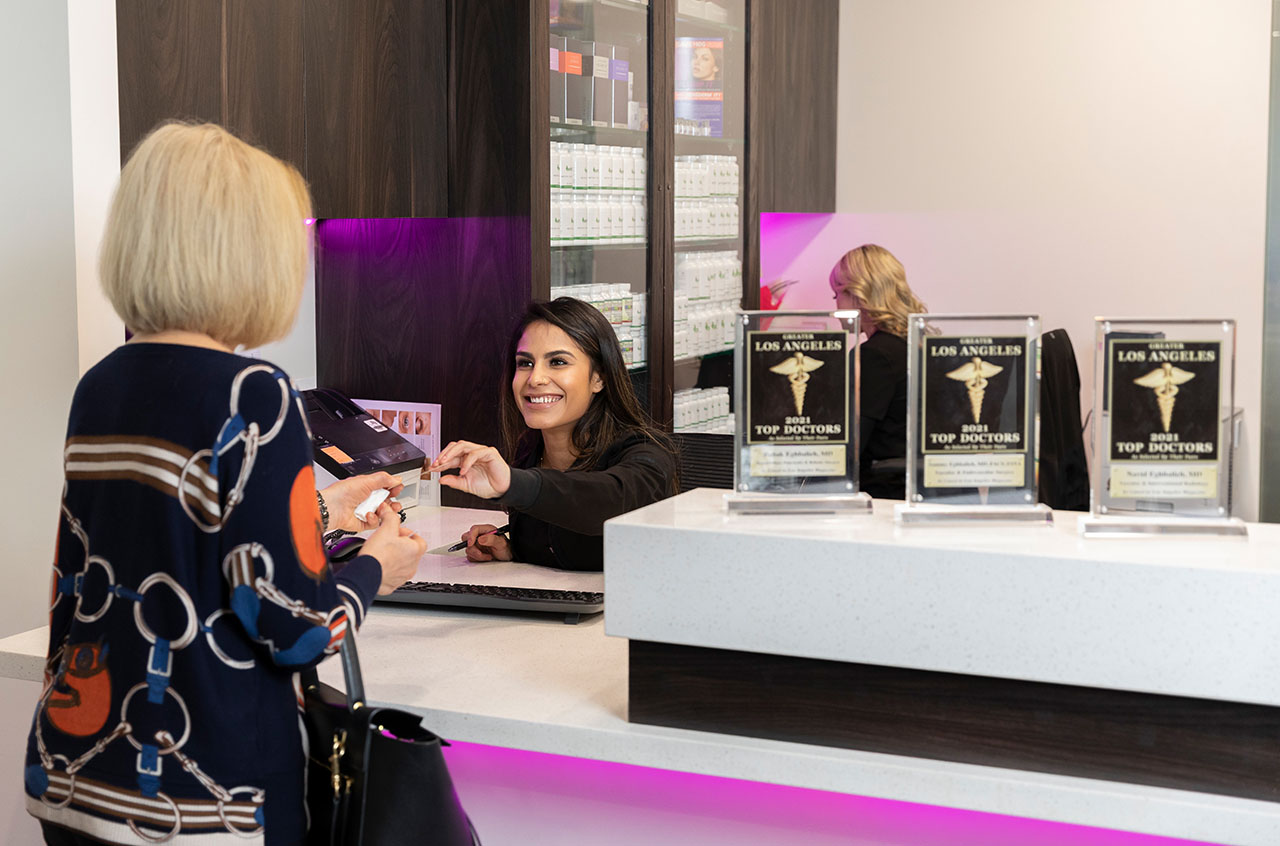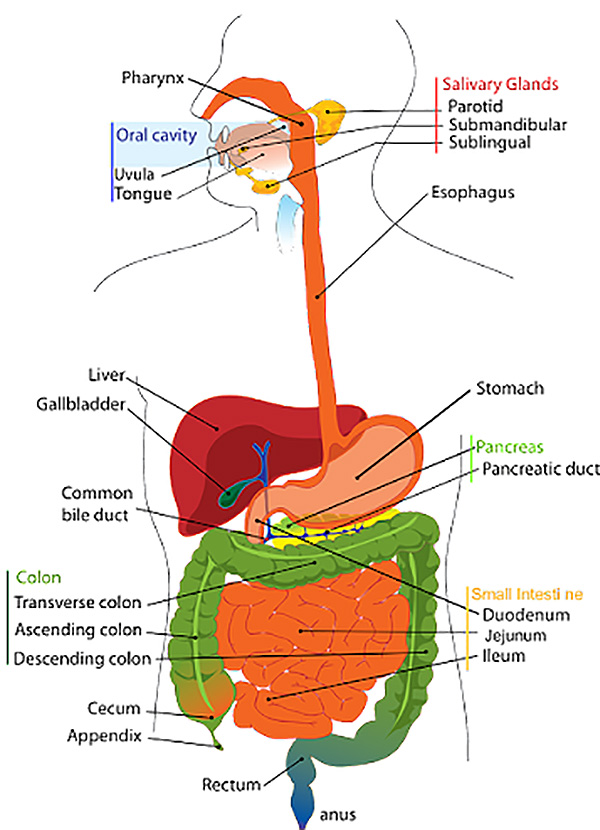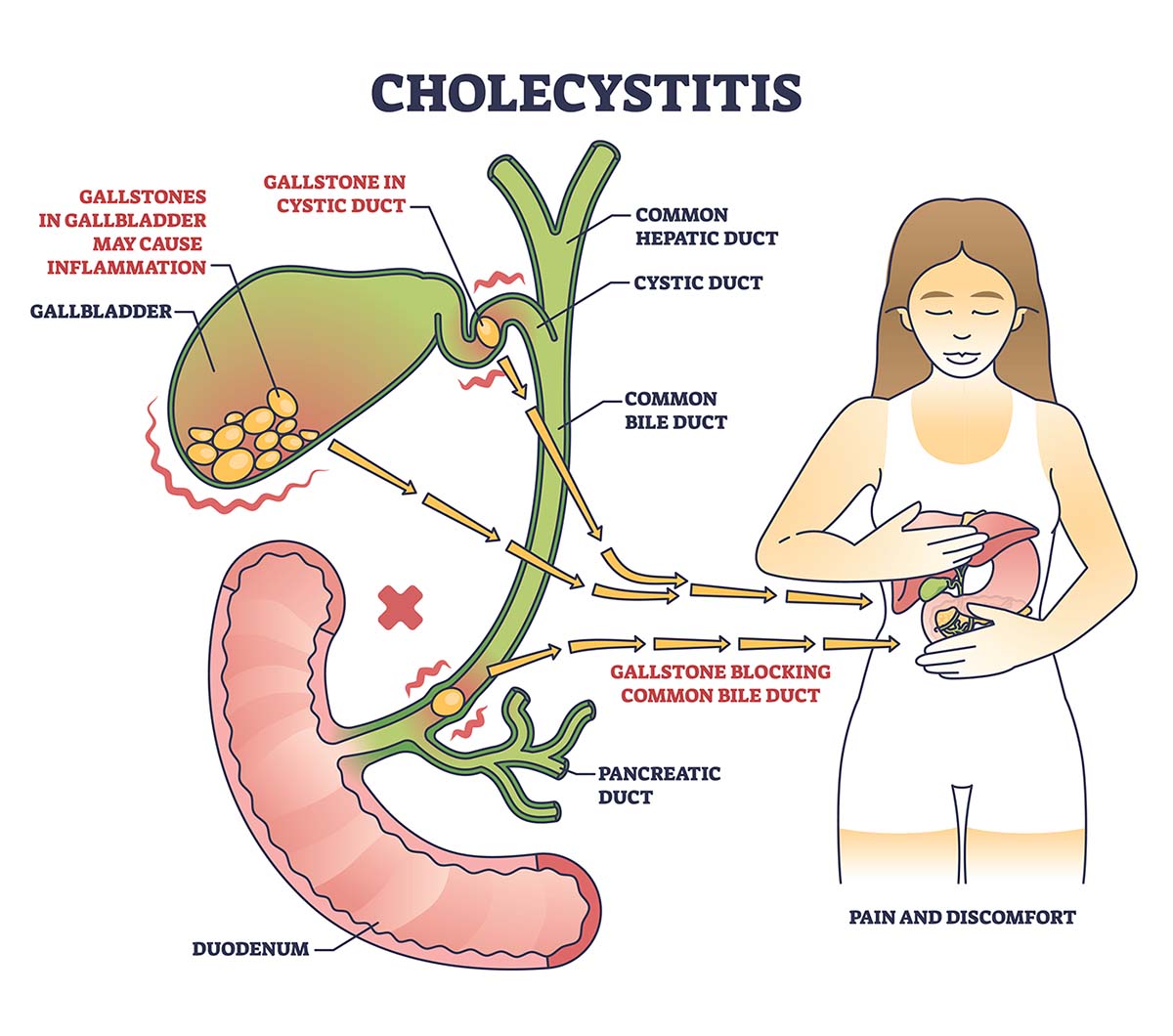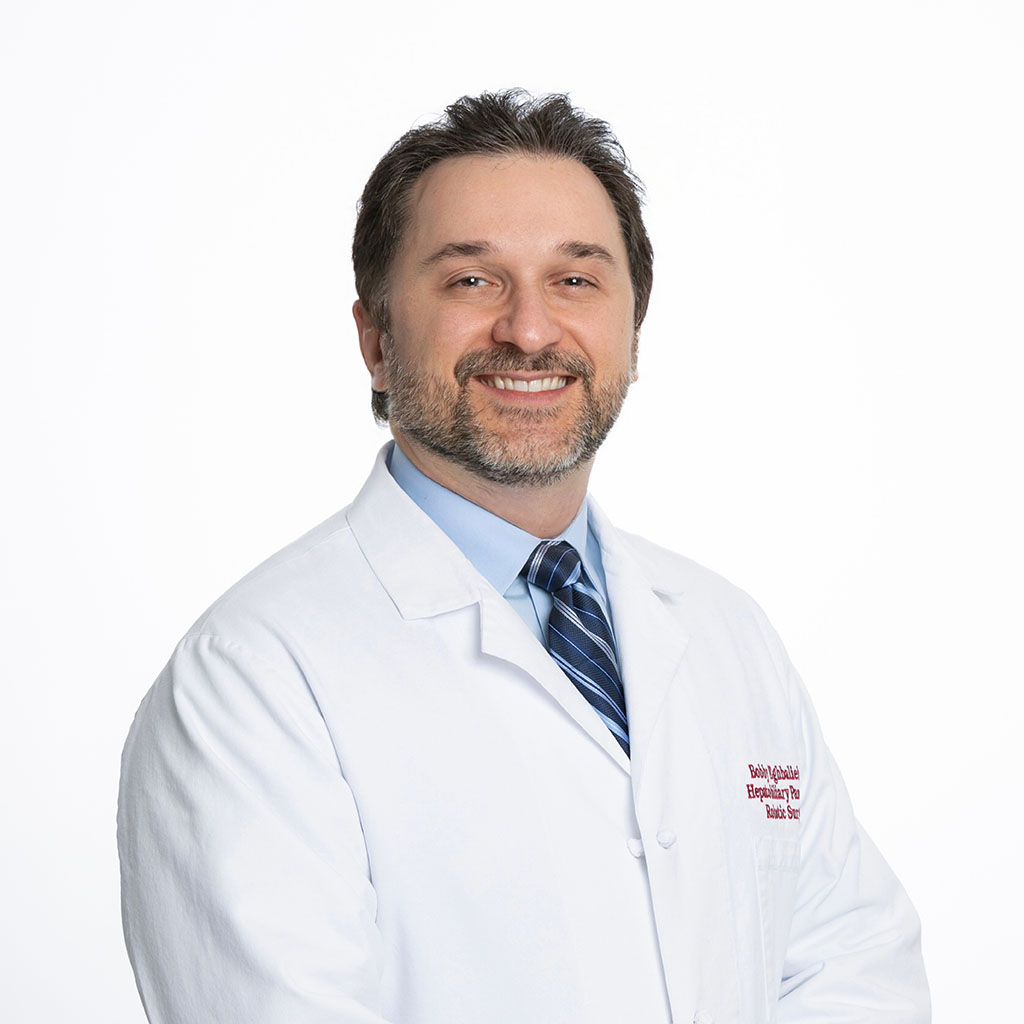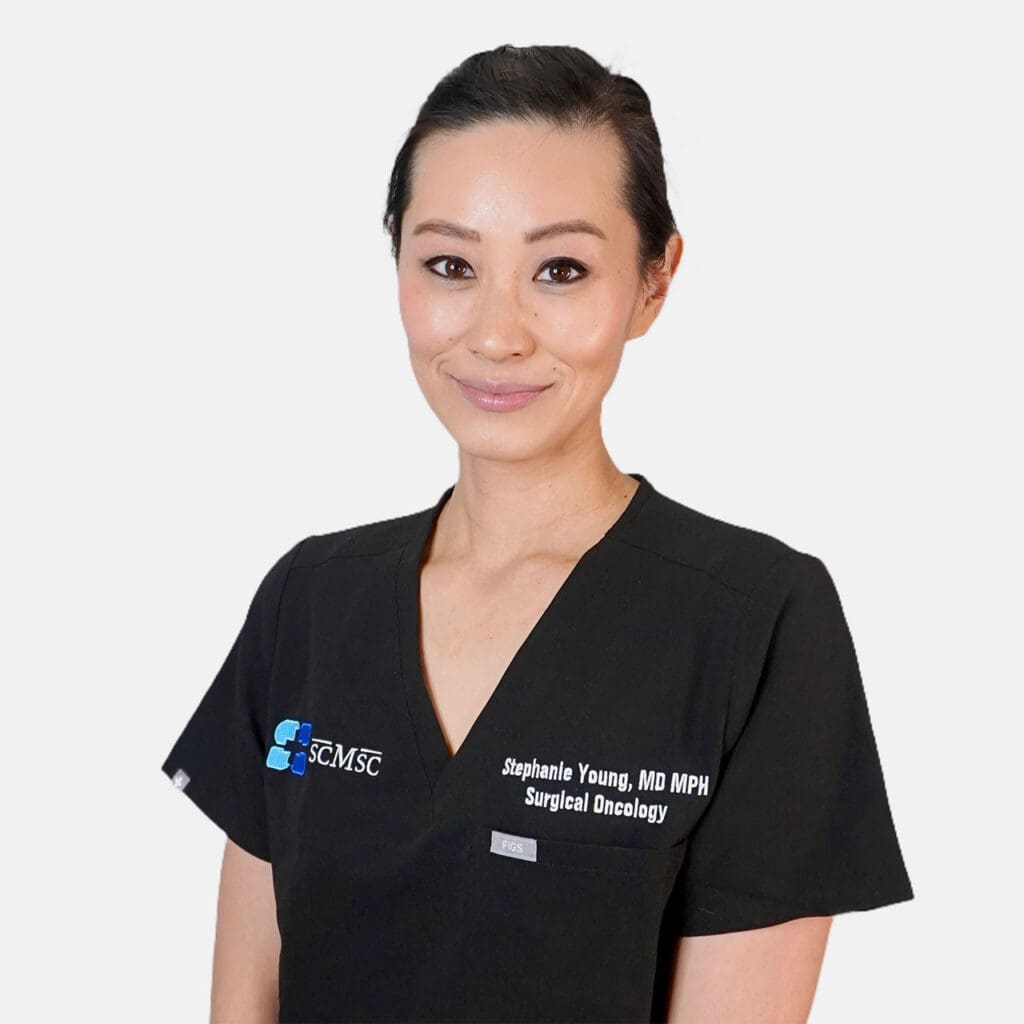Cholecystitis and Gallstones Surgeon Los Angeles
Improved Laparoscopic Cholecystectomy and Gallbladder Surgery
What is Cholecystitis?
Cholecystitis (pronounced ko-luh-sis-TIE-tis) is swelling, or inflammation, of the gallbladder. Cholecystectomy is the medical term for “gallbladder removal.”
Patients who have gallstones and cholecystitis can rely on leading-edge treatment from Dr. Babak Eghbalieh at Southern California Multi-Specialty Center. His expertise in robot-assisted gallbladder removal delivers safe, optimal results with minimal scarring and less time in the hospital.
Dr. Eghbalieh sees patients throughout the Southern California area, with offices in Sherman Oaks, Valencia, and Porter Ranch with a new location opening in Tarzana in the near future.
Cholecystitis and Gallstone Q & A
Gallstones can block the opening into the small intestine, causing the gallbladder to become inflamed and infected, which is called cholecystitis.
How are gallstones and cholecystitis associated?
When cholecystitis becomes chronic or persists on and off for a long time, the gallbladder can lose its ability to function. In extreme circumstances, it can become necrotic. This can spread to the common bile duct and create additional, serious problems. Abdominal pain is a common symptom.
What causes gallstones?
The bile can also contain too much bilirubin, which contributes to the formation of gallstones. If you are well hydrated but your urine becomes dark, this may be a sign of bilirubin in the urine indicating you should seek medical treatment.
You could also develop gallstones when the gallbladder doesn’t empty properly through the bile ducts, resulting in highly concentrated bile that’s more likely to cause gallstones.
Factors that may increase your risk of developing gallstone disease include:
- Your age
- Being overweight or history of rapid weight loss
- If you’re Native American or Mexican-American
- Activity level
- Eating habits, such as a high cholesterol or high-fat diet
- Family history
What are the symptoms of gallstones?
Gallstones alone may not cause any symptoms, but once they cause a blockage, any of the following symptoms can develop:
- Nausea or vomiting
- Pain in the upper-right quadrant of the abdomen
- Pain in the center of the abdomen
- Pain between shoulder blades
- Pain in the right shoulder
The pain often develops after eating a high-fat meal and may last for several hours. Getting early treatment for gallstones is important to prevent cholecystitis and other complications, such as pancreatitis, jaundice, or cancer of the gallbladder. It’s definitely time to seek medical help if you develop severe pain and fever.
How are gallstones treated?
Open Cholecystectomy versus Laparoscopic versus Robotic Cholecystectomy
A laparoscopic cholecystectomy involves small incisions which are considered minimally invasive and lead to faster recovery times. However, Dr. Eghbalieh’s expertise in single-site, robot-assisted cholecystectomy combined with the exceptional three-dimensional movement provided by the robotic system results in gallbladder removal that’s safer and more precise than standard surgery, with virtually no scar.
With robot-assisted cholecystectomy, patients have fewer complications, less postoperative pain, better function, minimal scarring, and a shorter stay in the hospital. Dr. Eghbalieh is an expert in robotic surgery and has a bedside manner that’s appreciated by his patients, as he gives personal attention to each surgery patient.
Cholecystitis Treatment Options
To schedule an evaluation with Dr. Eghbalieh or Dr. Young at Southern California Multi-Specialty Center, call 818-900-6480.
Make an appointment at SCMSC
Next Steps
If you have been diagnosed with cholecystitis or gallstones, do not delay, contact Dr. Eghbalieh or Dr. Young at the Southern California Multi-Specialty Center.
